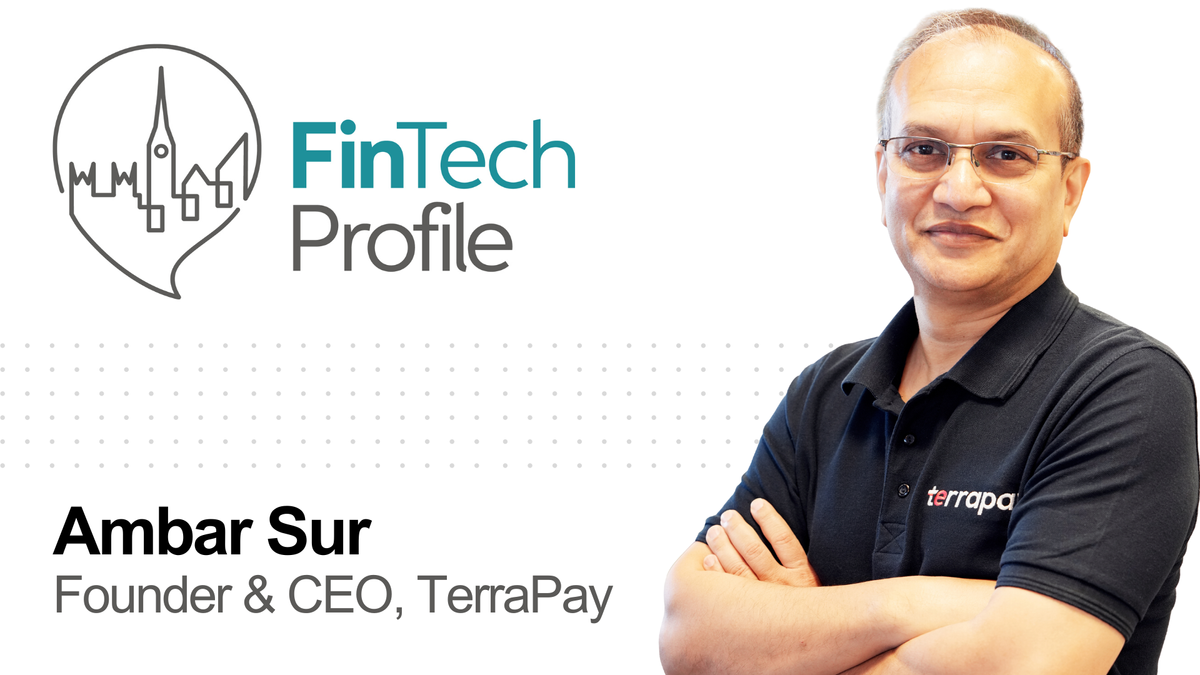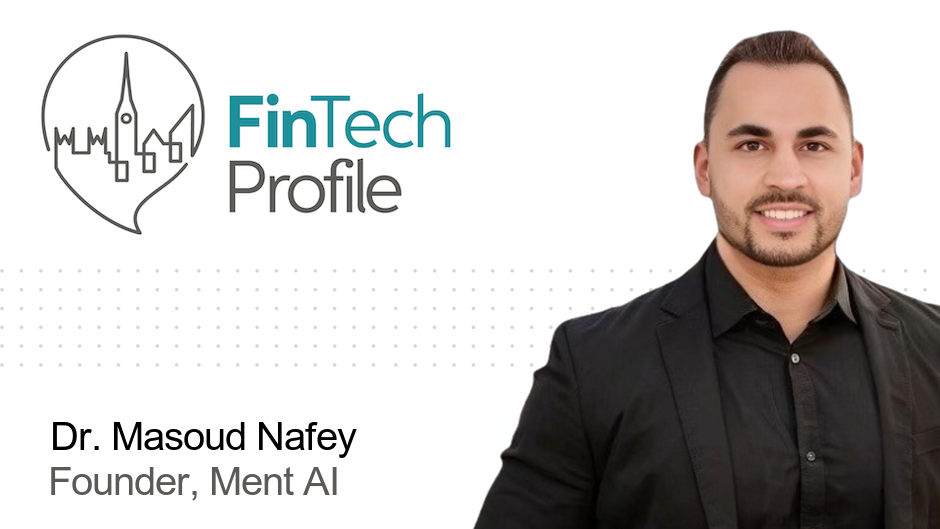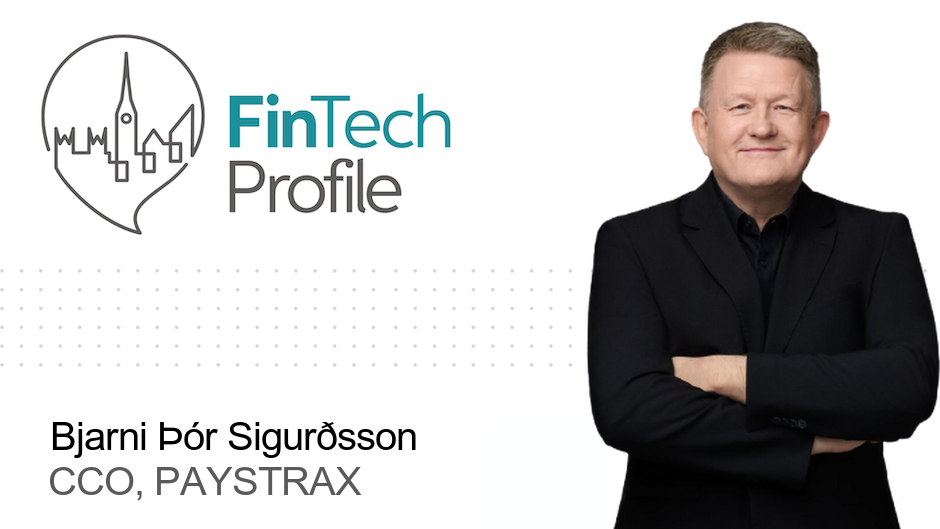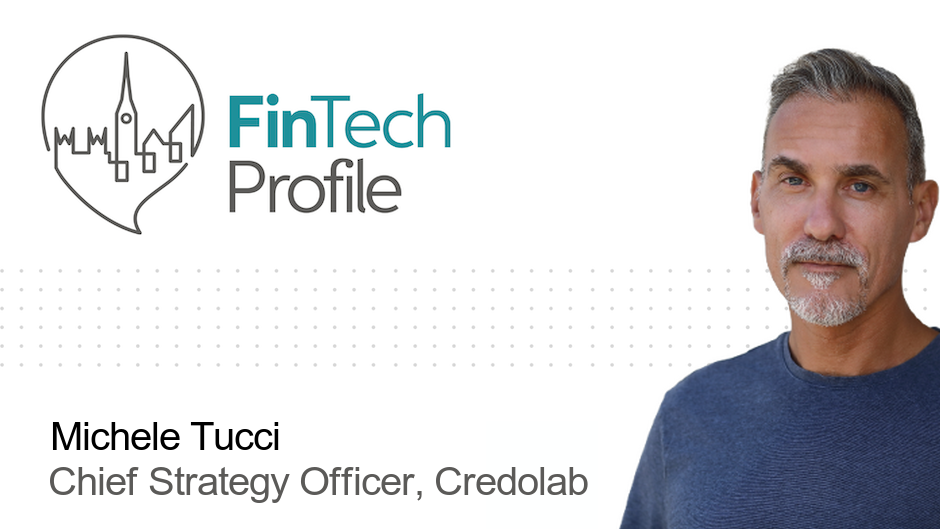Ambar Sur, Founder & CEO of TerraPay

Today we’re meeting Ambar Sur, the Founder and CEO of TerraPay. His company is a huge leader in the international payments space – especially across the likes of Africa and Asia. It takes a serious amount of heavy lifting to make payments work smoothly – and that’s a key benefit of working with the likes of TerraPay. One connection to them gets you access across 61+ markets.
Over to you Ambar…
Who are you and what’s your background?
Hi, my name is Ambar Sur. I am the Founder and CEO of TerraPay which is a global money movement company that I founded in 2015 along with my fellow founders.
However, this wasn’t my first time starting a business.
So, I started my career as an RF engineer designing cell sites! Over the years, I worked extensively in the mobile communications and internet space, building my expertise. Eventually, in the early 2000s, I started a company offering mobile value-added services— this included building products, one of which was a mobile wallet that was pretty successful. While we later merged the company, I carried forward two key learnings from my experience not just as a founder but also from the industry. The first was the criticality of interoperability and the second was the big opportunity in small-value payments.
That’s how the journey of TerraPay began, with this idea of taking the interoperability of the mobile industry and applying it to payments and along with it began my journey as a founder, challenging the status quo and solving real-world challenges.
What is your job title and what are your general responsibilities?
As the CEO, I’ve been at the helm of expanding TerraPay’s global presence, navigating across continents and nations. Of course, this is not a solo ride. I’ve been fortunate enough to have a strong core team, one that is not only passionate but also aligned with the larger vision. This helped us successfully capitalise on emerging African markets, very early in TerraPay’s journey. Today, we have established a strong foundation in major European countries and strengthened our presence in the Asian market.
I strongly believe that none of this would have been possible without having built a reliable, strong team. And that was my focus when I started the business. So while I bring my telecoms and mobile comms experience, TerraPay’s founding team comprises experts across domains, from technology to regulatory and legal to payments. This gives us an edge, arming us with deep expertise and diverse perspectives. All essential elements of building a robust payments ecosystem.
At the risk of sounding cliché, I’ve always taken pride in being customer-focused. Especially in a landscape like ours, I believe it’s a key differentiator. As an individual and a company, building strong meaningful relationships holds immense value.
And this is reflected in the kind of partnerships we’ve built over the years. Most are long-standing. Take Visa, for instance, they joined us as an investor last year, but our partnership is much older and it’s our quality of service that really stood out for them, helping us take the next step.
Can you give us an overview of your business?
TerraPay simplifies global money movement. We do this by providing a single connection to the most expansive cross-border payments network.
We are licensed and regulated across 31 global markets (i.e., 61 countries), enabling payments across 144+ receive countries, 210+ send countries, 7.5 billion bank accounts and a vast network of 2.1 billion mobile wallets. We partner with banks, mobile wallets, money transfer operators, and global businesses with the goal of creating an inclusive global financial ecosystem.
As we expand, we’re adding new solutions while strengthening existing ones. We recently started Acquiring as a solution. At the same time, we have identified target verticals where the need for strong cross-border payments is significant.
Tell us how you are funded?
TerraPay has raised a total of $161.5m in funding over seven rounds. The latest round was back in April 2023, a Series B equity financing round, successfully raising over $100m in equity and debt financing. The funding round was led by IFC – International Finance Corporation and supported by Prime Ventures (VC), Partech Africa GP, U.S International Development Finance Corp, and a consortium of other investors. TerraPay’s most recent investors include Visa and U.S International Development Finance Corp.
What’s the origin story? Why did you start the company? To solve what problems?
TerraPay was officially founded in 2015 and started our live operations in 2017 following the acquisition of our initial set of licenses in the UK. Right from the very beginning, three things have been very clear for how we approach this business.
Firstly, the idea of interoperability. It played a key role in shaping our vision and what we do. Secondly, as I mentioned before, we wanted to make cross-border payments as easy and frictionless as sending and receiving an SMS. So instant digital payments became our focus. And finally, we recognized that there was a huge imbalance in how low-value payments were treated as compared to high-value transactions. We saw this gap as an opportunity to truly make a difference while building a strong, agile, global payments infrastructure.
We identified the gaps that established FIs could not address and took on the task of obtaining our own licenses. Soon enough, we have established an ecosystem capable of assessing risk and accommodating diverse and evolving compliance standards across different markets. That’s what helped us build our trusted network of partners.
Who are your target customers? What’s your revenue model?
Our key clients include financial institutions for account payout networks, MTOs, banks, and MNOs. We have never been a consumer-facing brand but ultimately, our target customers include the 250 million migrants globally, who find the current process of transferring money home expensive and complex.
Some of our most notable clients include Visa whom we partnered with to further streamline digital cross-border commerce for consumers and SMBs, as well as Alipay, and Western Union.
In terms of our revenue model, it is straightforward, per-transaction fee in alignment with the UN’s SDG2030 aim to bring down the cost of remittances to 3% across the world.
If you had a magic wand, what one thing would you change in the banking and/or FinTech sector?
So, I don’t think we actually need a magic wand! We’re already in the process of changing how traditional remittance channels operate.
The disproportionate impact of high fees, long winding and complicated processes is felt strongly by the more vulnerable populations of the world. In many regions, especially rural or undeveloped areas, access to traditional banking services is limited.
At TerraPay, we are addressing these challenges by building an extensive network, reaching the most remote markets, accelerating digitisation and forging the right partnerships to build last-mile infrastructure.
What is your message for the larger players in the Financial Services marketplace?
My biggest message would be to continue to strive for financial inclusion in even the most inaccessible markets. One of the benefits of working with some of the larger players is we could quickly see better money movement processes and less fragmentation.
I believe accounts and digital wallets in newer markets like Africa and Latin America will shift the dynamics of the payments industry and create a more harmonious relationship with the bigger players. Our expertise in infrastructure and compliance combined with the global network of some will make the digital economy far richer and finance more accessible and safer for millions.
Where do you get your Financial Services/FinTech industry news from?
I would say my major source of industry information is my interactions with stakeholders, partners, and peers. I’m someone who enjoys discussing insights, having in-depth debates, if necessary, and learning new things, so these conversations always prove to be valuable.
Can you list 3 people you rate from the FinTech and/or Financial Services sector that we should be following on LinkedIn, and why?
- I follow Daniel Webber, CEO of FXC Intelligence. He is a prominent figure in global payments, and FXC Intelligence’s widely-read industry newsletter.
- I also follow Marcel van Oost’s updates. He talks about fintech, banking and entrepreneurship, curating the top FinTech updates, that helps me staying informed easily.
- Similarly, is Paul van Alfen, who demystifies the complex ecosystem of (B2C & B2B) travel payments.
What’s the best new FinTech product or service you’ve seen recently?
Although not recent, the potential and the growth of digital wallets don’t cease to amaze me. By 2026, around 60% of the world’s population, roughly 5.2 billion people, are predicted to use digital wallets. Already, our credit and debit cards are being replaced, and soon, we might not need physical IDs, or even passports.
Eventually, our health records, shopping history, and other digital assets could all be stored securely in these wallets. It will be exciting to see how brands thrive in this shift, because digital wallets could become the main arena for consumer interaction, where people pay, shop, sell, and engage with products online.
Finally, let’s talk predictions. What trends do you think are going to define the next few years in the FinTech sector?
Firstly, 2023 was a year of significant albeit unprecedented and overwhelming change given the ongoing geopolitical uncertainties and economic downturns. While the pace of change shows no signs of slowing down, the next few years promises to be pivotal for the global payments industry — a year marked by rapid technological advances, and a renewed focus on payment security, adaptability, and customisation.
Second, despite some economic disruption, the global B2B payments market is set to grow considerably. Developing the best payment experiences for consumers will take centre stage – businesses, payment providers, both new-age and legacy players, must acknowledge that they need to offer their customers faster, safer, convenient and more diverse payment options to boost their own growth.
Lastly, AI, specifically generative AI. The technology has found itself at the centre of every conversation. When it comes to payments, I see AI largely impacting fraud prevention and boosting operational efficiency. New-age AML detection systems can solve the challenge of slow-moving, inefficient processes hindering the payment ecosystem. A hyper-focus on enabling secure payments will influence how AI is implemented by payment industry players.
Thank you very much for taking the time to participate Ambar!
Find out more about TerraPay at http://www.terrapay.com and reach out to Ambar on LinkedIn at his profile here: Ambar Sur.




